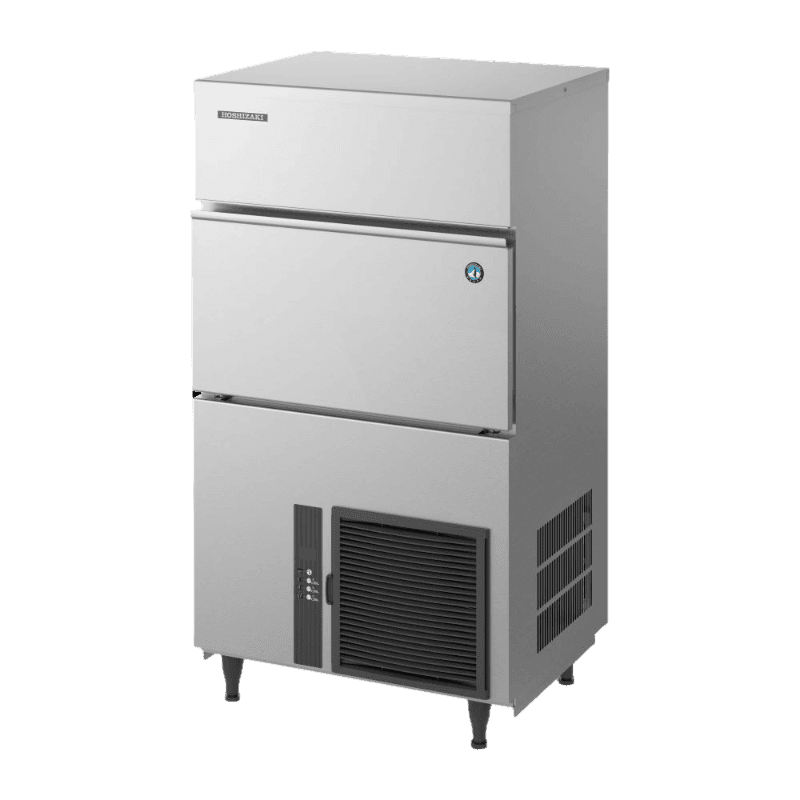
FAQs about Ice Makers & Ice Machines
Frequently asked questions about ice makers and ice machines, Australia
There’s no major difference—both terms refer to a machine that produces ice. However, ice maker often refers to smaller, undercounter units, while ice machine can include large, high-capacity modular models for commercial use.
Modular Ice Machines – Large ice machines that sit on top of an ice bin, usually producing large quantity of ice compared with underbench countertparts
Undercounter Ice Makers – Compact, all-in-one units with built in ice storage bin for small cafes or bars
Countertop Ice Machines – Ideal for offices or healthcare facilities as well as small restaurants and cafes where doesn’t use ice much.
Ice Dispensers – Push-button or sensor-operated ice machine for hotels, offices and function rooms where users self serve themselves
Cube Ice – Generally, It’s relatively slow melting compared with other ice types, ideal for cocktails and soft drinks
Flake Ice – Great for seafood displays and medical use
Nugget Ice (Pellet Ice) – Soft and chewable, popular in fast food restaurants such as Mcdonalds and Hungry Jacks.
Gourmet Ice – Crystal-clear, premium ice for upscale venues
There are also other types of ice available: Bullet ice, crescent ice, half dice.
It depends on your daily ice usage: Usually
- Small cafés or offices – 20-100 kg/day
- Bars & restaurants – 100-500 kg/day
- Hotels & supermarkets – 500+ kg/day
Tip: Choose a machine that produces 10-20% more ice than your peak daily demand to avoid running out. Thanks to storage bins, only certain amount of ice is produced and stopped until scooped out.
Clean the ice bin weekly with food safe sanitizer
Descale the machine every 3-6 months to prevent mineral buildup
Change water filters regularly to maintain ice quality (Usually required every 6 months)
Inspect air filters (for air-cooled models) and clean as needed
Schedule professional servicing at least once a year – This will keep main components such as compressor and condenser to operate at an optimal level
Yes! A water filter improves ice quality, reduces scale buildup, and extends the lifespan of your machine. It also prevents bad tastes and odors in the ice. **Please note: in commercial settings where you serve the general public, water filtration is mandatory. Please check this with your local food authority body.
- Air-cooled (Most Common) – More energy-efficient but needs good ventilation
- Water-cooled – Works better in hot kitchens but uses more water
*Most of ice makers available in the market is air-cooled machine which requires air ventilation to cool its system down.
Most commercial ice makers produce a full batch of ice in 15-45 minutes, depending on the model and ice type. However, It’s quite affected by ambient temperature and humidity! So, make sure your kitchen or bar is kept cool to make it produce ice at an optimal level.
Most of commercial ice makers tend to last 5 – 7 years without much repair required. Although some ice machines like Hoshizaki models are believed to last 10 – 15 years.
Some of the top rated brands include:
✔ Hoshizaki – Premium quality, reliable, and long-lasting
✔ Simag by Bromic– Energy-efficient and innovative technology
✔ Ice-O-Matic – Affordable and high-performance
✔ Blizzard by FED – Highly efficient, affordable

